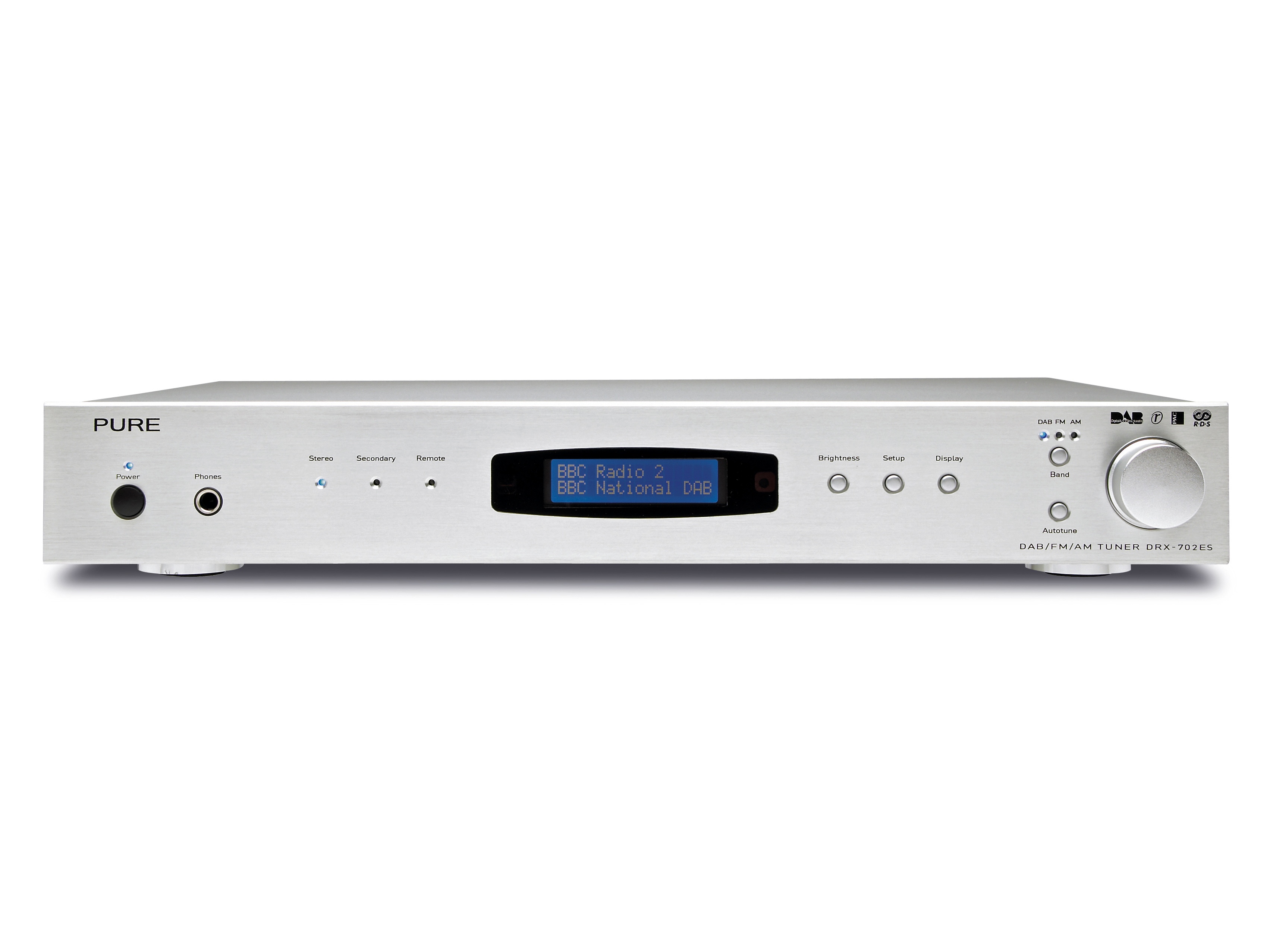TechRadar Verdict
Decent FM sound is plagued by persistent slight veiling, but DAB sound is more worthwhile
Pros
- +
DAB sound is distinctly mellower than most thanks to PAC
Cons
- -
No conventional FM presets
Why you can trust TechRadar
The Pure is one of the early DAB/FM models. But how does it stack up against what's currently on the market? The price has come down a fair chunk and the unit remains competitive on a specs/price basis at least.
Indeed, the specs remain rather good. On this occasion, we are considering the basic model with unbalanced outputs, but balanced signals via XLR sockets are an option and naturally there are also digital outputs (both flavours) active when DAB is being received.
Also on the hardware front, there is a Radio Data Interface and a USB socket for firmware upgrades.
On the software side, things are interesting. Pure started out in DAB tuners and came to FM later, a career which is unusual or possibly unique and thus it thinks in DAB terms. As a result, there are no conventional FM presets.
Treating FM like DAB
Instead the tuner features autotune on FM just as on DAB, scanning the band to find receivable stations and storing them by RDS name or frequency (you can also add names manually) in memory. This makes finding an FM station as simple as on DAB - just scroll through an alphabetical list of names.
Nothing seems to have been missed off the DAB features list. Dynamic Range Control is implemented with three settings (off, half and full), there's a good signal quality indicator and you can get full text information, though the display is looking a little dated alongside some on the market.
FM information is similarly displayed, with an optimistic signal strength meter. Overall it's a well thought-out device, though, with a neat and tidy internal layout.
As in most of its recent hi-fi component DAB tuners, Pure has included PAC ('Psychoacoustic Correction') into the DRX-702, making DAB sound immediately distinctive in any direct comparison with other models.
There's nothing mysterious about this: it's a fairly simple filter which cuts the level of treble output by a couple of dB, ostensibly in order to lessen the 'birdies' and other MPEG coding artefacts which afflict practically all DAB broadcasts.
While we appreciate the point, we're not convinced that 2dB is really enough to make much of a difference to that, but on the other hand, it is certainly an audible tonal change from regular DAB tuners.
That apart, DAB reception is much of a muchness with most other tuners and via the digital outputs, there's nothing in it at all. FM is a different matter and in fact we found ourselves liking that side of things better than three years ago.
It could simply be that this sample was better aligned than the earlier one, but, however it came about, we enjoyed a lively and upbeat performance from the unit with low levels of noise and audible distortion.
In the end though, FM sound is not quite as clear as we've heard from other models - namely from Denon and Marantz. There's a persistent mild grain and veiling that bothered us across a range of programmes and was less than conducive to extended listening.
The basic tonality is good in the bass and a little bright in the treble and performance is average under marginal reception conditions, but we can't help feeling there is more detail in the aether than the DRX-702 seems inclined to extract. Hi-Fi Choice staff
Lab Report
DAB performance is dominated by PAC, which gives a total cut of about 2.5dB at highest frequencies and around 2dB over most of the treble range: otherwise there's nothing much to comment on. On FM, there's some quite impressive performance, particularly in decoding signals on only one channel, where distortion is held to a commendably low level, barely more than when the signal is identical on left and right.
Response is a touch lifted in the treble, which is not always welcome given how 'spitty' many broadcasts are already, but half a dB isn't too frightening. Noise is somewhat below par for the course: it varies little with audio signal level, but rises more than most with low RF signal levels, suggesting a slightly noisy input stage. The 19kHz stereo pilot tone and the intermodulation artefacts near it are less well suppressed than in the other tuners here, and this may well account for the grainy sound noted.
Tech.co.uk was the former name of TechRadar.com. Its staff were at the forefront of the digital publishing revolution, and spearheaded the move to bring consumer technology journalism to its natural home – online. Many of the current TechRadar staff started life a Tech.co.uk staff writer, covering everything from the emerging smartphone market to the evolving market of personal computers. Think of it as the building blocks of the TechRadar you love today.
